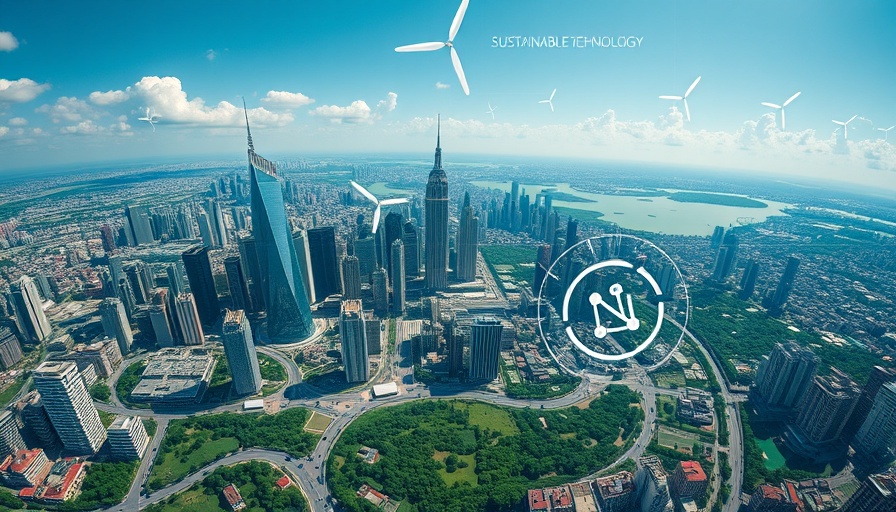
Why Building Resilience is Crucial in Today's Climate
The increasing frequency and intensity of extreme weather events necessitate a reexamination of traditional building practices. The notion of resilience has increasingly captured the attention of architects, engineers, and facility managers alike, especially as natural disasters wreak havoc across the globe. From hurricanes and wildfires to floods and earthquakes, ensuring that buildings can withstand such events is not just an architectural challenge; it’s a necessity for safeguarding lives and investments.
Understanding the Financial Implications
One of the most profound motivations for designing resilient facilities is financial stability. According to data from the National Oceanic and Atmospheric Administration, 27 climate and weather disasters in the U.S. in 2024 resulted in over $182.7 billion in damages. This statistic is a stark reminder that failing to go beyond merely meeting building code requirements can lead to catastrophic losses. Facility executives are thus encouraged to consider long-term resilience strategies that not only minimize immediate damage but also mitigate future financial burdens such as increased insurance premiums and diminished rental income.
Building Codes vs. Resilient Practices
National, state, and local building codes serve as fundamental frameworks designed to ensure basic life safety. However, these codes often reflect minimum construction standards that focus on preventing catastrophic structural failures without addressing the multifaceted nature of climate threats. Instead, architects and engineers are now integrating advanced materials and innovative techniques aimed at creating buildings capable of minimizing damage during disasters. For instance, the use of fire-resistant materials and strategic landscaping can significantly enhance a structure's ability to withstand wildfires, as noted in the design of homes in wildfire-prone regions.
Looking at Global Examples
Katherine's extensive experience in covering global events highlights how different countries are addressing the pressing need for disaster-resilient architecture. For example, architects in Japan have long understood the risks posed by earthquakes and floods, adapting their designs to be both sturdy and flexible. Utilizing base isolation techniques, these buildings can absorb seismic shocks, safeguarding inhabitants and infrastructure alike. On the other side of the globe, communities in Bangladesh are turning to lighter, more movable materials to cope with flooding situations, demonstrating that solutions can often be found in local knowledge and practices.
Climate Resilience: A Collective Responsibility
As the importance of climate resilience becomes actionable, it’s crucial for stakeholders to engage in collaborative efforts. The World Green Building Council emphasizes the value of knowledge-sharing, which allows designers, investors, and local communities to co-create innovative solutions. By implementing financial incentives for resilient developments and revising building codes to prioritize long-term sustainability, policymakers can encourage broader adoption of these transformative practices.
Final Thoughts
The field of architecture is undergoing a pivotal transformation as professionals recognize their role in addressing climate change through the built environment. By investing in resilient design today, society can pave the way for a future that minimizes the risks associated with natural disasters. It is vital for architects, investors, and community leaders to work together, utilizing innovative materials and technologies to construct safe, enduring spaces. The stakes have never been higher; now is the time to adapt, innovate, and ultimately thrive in an era of change.
 Add Row
Add Row  Add
Add 




 Add Row
Add Row  Add
Add 

Write A Comment